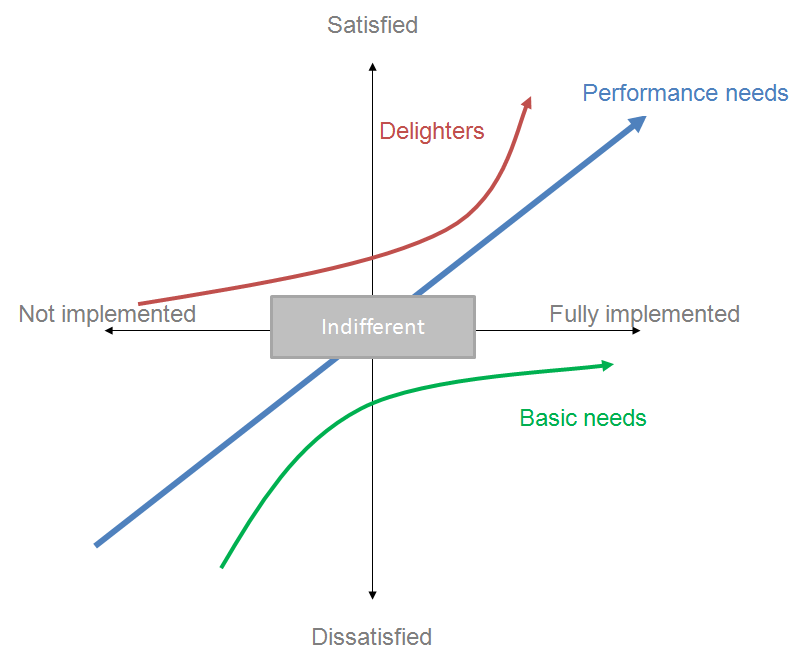 A Product Manager creates solutions that are viable in the marketplace, feasible to build, and usable by customers.
A Product Manager creates solutions that are viable in the marketplace, feasible to build, and usable by customers.
That is my 5-second answer to “What does a Product Manager do?” Everything that a Product Manger does, from customer discovery to writing stories to press releases, comes back to these core values for any solution. I’ve found time and time again it serves as a great framework for thinking through solution creation. All three values are equal and can be presented in any order:
- Viable – Will Customers buy the solution? Product Mangers must test market demand and understand the marketplace for their solution. This often includes working with Marketing and Sales.
- Feasible – Can we build the technology needed for the solution? Product Managers must work closely with developers to scope and assess the solution in terms of time-to-build, security, and performance.
- Usable – Can Customers understand the purpose of the solution and how to get value from it? Product Manager collaborate with UX designers to create customer-friendly solutions.
This framework is also a perfect base for setting onboarding goals for a new Product Manager. A new PM needs to gain mastery of a product quickly, and thus these goals reflect these three values:
- Viable – A new PM needs to understand and communicate the business model for a product. This includes understanding the unique value proposition (and thus the competitive landscape) as well as cost and revenue streams. The PM can prove mastery of a product’s viability by creating the Lean Canvas or Business Model Canvas for the product.
- Feasible – A new PM needs to understand the technology behind the product. Typically a PM will work with one or more developers to get a technical overview of the product, and then demo it back to the developer and others later to show they have internalized the technology and can speak to it. The PM does not need to understand every minutia of the technology, and just enough to collaborate with developers and understand what is feasible to build.
- Usable – A new PM needs to understand the ins and outs of every feature of a product, and how Customers use them. As with the technical demo, the PM should be able to demo the product to stakeholders to show mastery and build trust from stakeholders that they know the material.
In setting 30-day goals for a new PM, I set the goals of given the technical and feature demos (feasible and usable mastery), and then have the canvas (viable mastery) created in the 60-day goals. The viable mastery goes past the first 30 days because it typically requires more special knowledge of how to create a Lean or Business Model Canvas. If a new PM is already well versed in canvas creation then that goal could come sooner, and another one potentially pushed out of the 30-day goals to the 60-day goals to give more time for special knowledge acquisition, such as understand what databases are.
Jenni is currently working through these goals as part of her onboarding by getting technical demos from developers, getting product demos from myself and training, and joining sales calls to understand the product position in the marketplace. Each aspect of the product builds on the others, so attacking all three values of a solution at once helps create an even base for being a strong PM for a product. In future posts I’ll dig in more on how these goals are accomplished and structured.
 Lately I’ve had many blessings to be thankful for. I just welcomed my new son to the world and I’ve been enjoying my new job at CA Technologies (CA) tremendously. I’m now one of the Product Owners/Sr. Product Managers for CA Agile Central!
Lately I’ve had many blessings to be thankful for. I just welcomed my new son to the world and I’ve been enjoying my new job at CA Technologies (CA) tremendously. I’m now one of the Product Owners/Sr. Product Managers for CA Agile Central!


